-
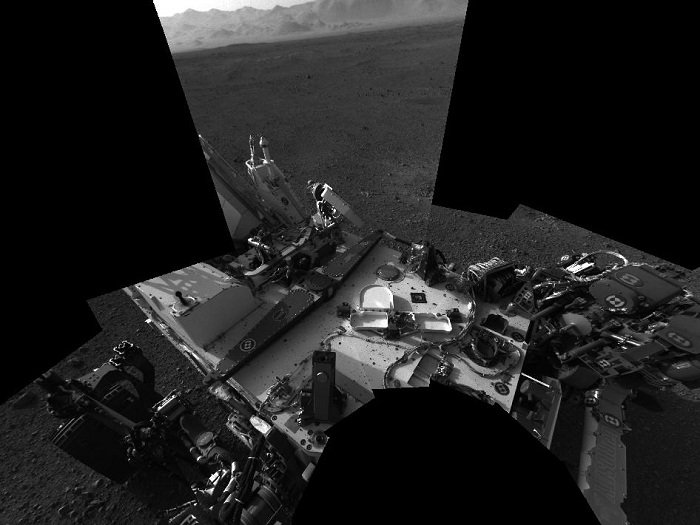
NASA's Mars Science Laboratory Image
This imagery is being released in association with NASA's Mars Science Laboratory mission. This is a temporary caption to be replaced as soon as more information is available. Image credit: NASA/JPL-Caltech
-
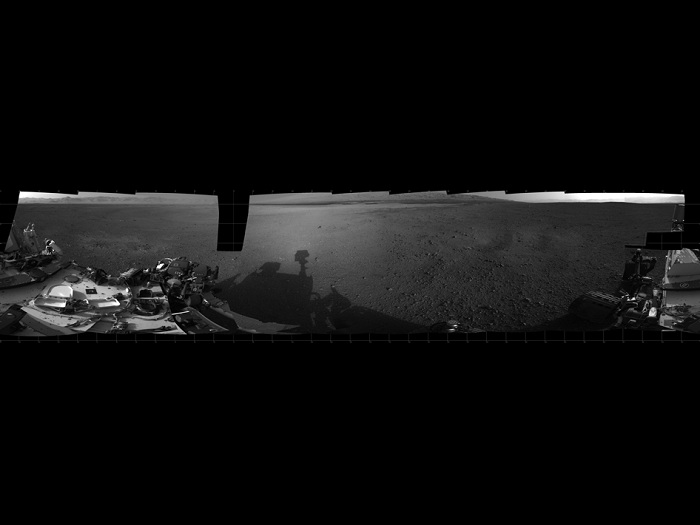
Crisp View from Inside Gale Crater
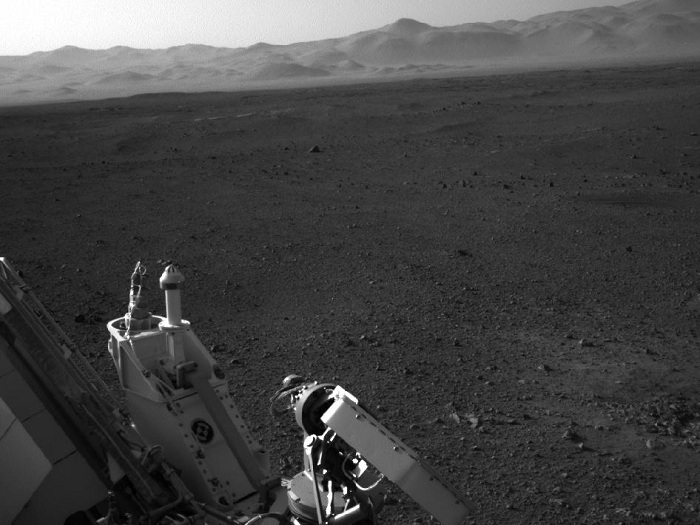
NASA's Mars Science Laboratory Image
This imagery is being released in association with NASA's Mars Science Laboratory mission. This is a temporary caption to be replaced as soon as more information is available. Image credit: NASA/JPL-Caltech
-
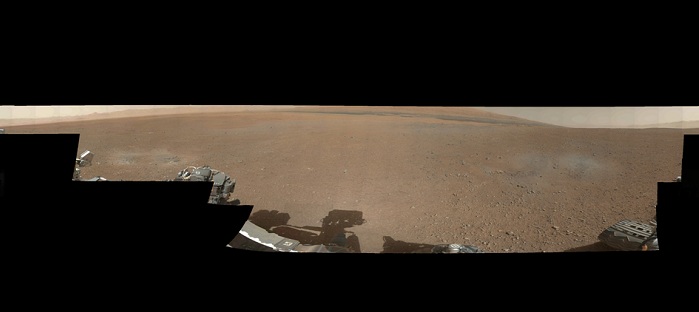
Gale Crater Vista, in Glorious Color
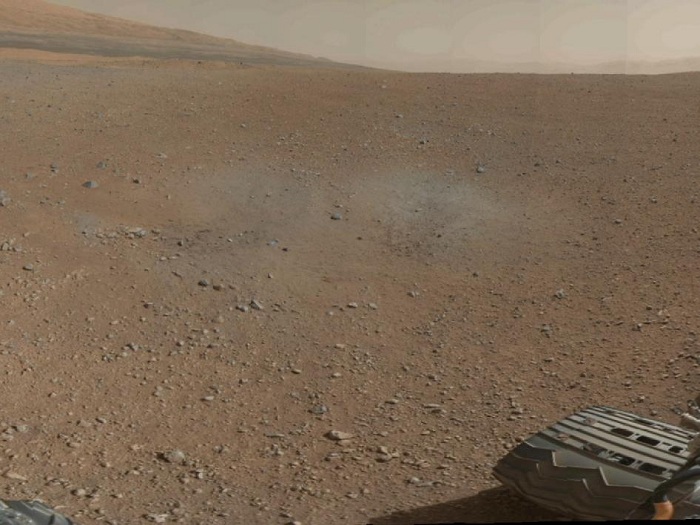
Mount Sharp on the Horizon
-
Curiosity Continues Checking Herself Out; Takes Self Portrait
Thu, 09 Aug 2012 02:23:52 AM GMT+0200
After waking up to the rousing refrains of the Beatles' "Good Morning Good Morning," a healthy Curiosity continued checking out her systems and returning amazing imagery. The Sol 2 morning and afternoon UHF communications passes from NASA's Mars Odyssey and Mars Reconnaissance Orbiter spacecraft provided significant new data, including spectacular full-frame images of the Mars Science Laboratory's descent through the Martian atmosphere by Curiosity's Mars Descent Imager (MARDI) instrument. Other imagery included full-frame views from the rover's navigation cameras, or Navcams, looking at the rim of Gale Crater; the first, lower-resolution thumbnail 360-degree view of Curiosity's new surroundings in Gale Crater; deck pan images of the rover herself; and images of the Martian surface next to the rover. Another image set, courtesy of the Context Camera, or CTX, aboard NASA's Mars Reconnaissance Orbiter, has pinpointed the final resting spots of the six, 55-pound (25-kilogram) entry ballast masses. These tungsten masses impacted the Martian surface at high speed, about 7.5 miles (12 kilometers) from Curiosity's landing location.
The rover's high-gain antenna was successfully pointed toward Earth. Its 3.6-foot-tall (1.1-meter) remote sensing mast was deployed, and range of motion was successfully tested. Surface radiation data were acquired from the Radiation Assessment Detector (RAD) instrument but have not yet been downlinked. Curiosity's temperatures are running a bit warmer than expected; however, the flight team believes this is because Gale Crater is simply a bit warmer than originally predicted.
Plans for Sol 3 include assessing the performance of the high-gain antenna; uplinking files for the upcoming transition of Curiosity's flight software to the surface-optimized version R10 on Sol 5; Radiation Assessment Detector instrument observations; and Mastcam calibration target and 360-degree color panorama images. In addition, the rover's Alpha Particle X-ray Spectrometer (APXS), Chemistry & Mineralogy Analyzer (CheMin), Sample Analysis at Mars (SAM), and Dynamic Albedo Neutrons (DAN) instruments will be checked out.
